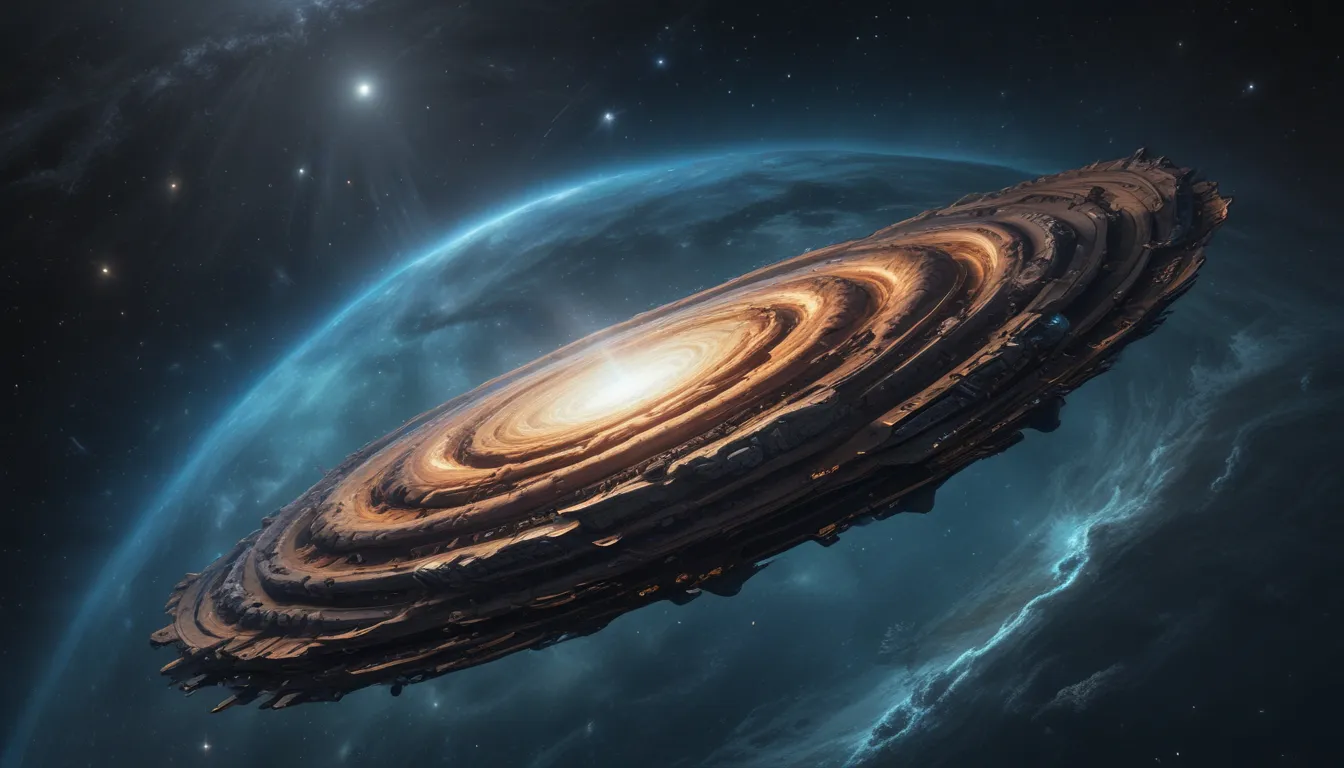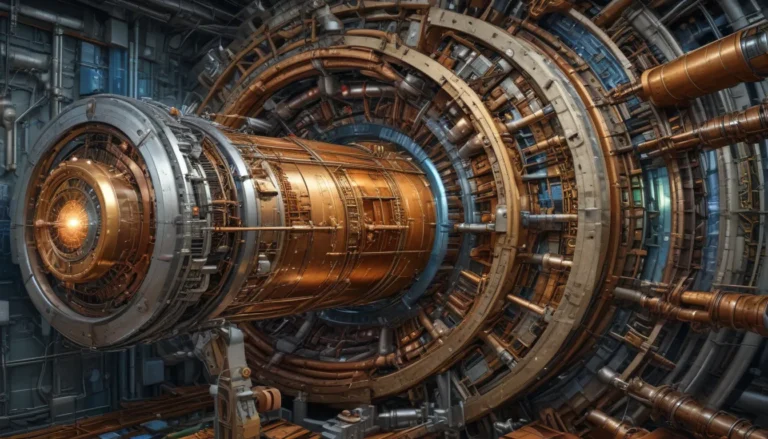The pictures we use in our articles might not show exactly what the words say. We choose these pictures to make you interested in reading more. The pictures work together with the words but don’t take their place. The words still tell you the important facts.
Embark on a cosmic journey through the universe and delve into the fascinating world of Messier 109 (M109), a captivating galaxy located in the constellation Ursa Major. With its unique features and intriguing characteristics, M109 has captured the attention of astronomers and space enthusiasts alike. In this article, we will explore 16 fascinating facts about this celestial wonder, from its discovery and classification to its mysterious dark matter halo. Join us as we unravel the secrets of M109 and discover the marvels that lie beyond our world.
Exploring the Marvels of Messier 109
Key Takeaways:
- M109 is a distant galaxy with a central bar, active star formation, and a supermassive black hole. Its complex spiral arms and high metallicity make it a fascinating subject for astronomers and astrophotographers. - M109 is part of the Ursa Major Cluster and the Virgo III Groups, and it’s moving away from us due to the universe’s expansion. Studying galaxies like M109 helps us unravel the mysteries of our vast Universe.
The Enigmatic Barred Spiral Galaxy
M109, also known as Messier 109, is a barred spiral galaxy tucked away in the constellation Ursa Major, approximately 83 million light-years from Earth. This distant galaxy boasts a captivating central bar structure, active star formation regions, and a supermassive black hole at its core.
Unveiling the Discovery of M109
Discovered by Pierre Méchain in 1781 while cataloguing celestial objects for Charles Messier, M109 found its place in the renowned Messier Catalog as a testament to its beauty and allure. As part of the Ursa Major Cluster, M109 resides among other spiral and elliptical galaxies, showcasing the richness of our cosmic neighborhood.
The Intricate Features of M109
Known for its complex spiral arms and high star formation rate, M109 offers a glimpse into the dynamic processes at play within galaxies. The intricate patterns of its spiral arms harbor regions of stellar nurseries, where new stars are born, adding to the galaxy's allure and mystique.
Unraveling the Secrets of M109
Observing M109 in multiple wavelengths, from radio to X-ray telescopes, has provided astronomers with valuable insights into its structure and activity. Classified as a Seyfert galaxy, M109 displays characteristic emission lines in its spectrum, signaling the presence of an active galactic nucleus. The galaxy's relatively high metallicity sets it apart from other spiral galaxies, highlighting its unique composition and evolution.
A Cosmic Journey Through the Universe
As M109 moves away from us, propelled by the expansion of the universe, it serves as a beacon of exploration and discovery in the vast cosmos. From its inclusion in the Messier Marathon to its popularity among amateur astrophotographers, M109 continues to fascinate and inspire enthusiasts and professionals alike.
Conclusion:
Messier 109, with its enigmatic features and distant location in the universe, stands as a testament to the beauty and complexity of our cosmic surroundings. By unraveling the mysteries of galaxies like M109, we expand our understanding of the universe and our place within it. As we continue to explore the wonders of space, let M109 serve as a reminder of the infinite possibilities awaiting us in the depths of the cosmos.
FAQs
Q: How far is Messier 109 from Earth?
A: Messier 109 is located approximately 83 million light-years away from Earth.
Q: What type of galaxy is M109?
A: M109 is a barred spiral galaxy, characterized by its central bar-shaped feature that extends through its nucleus.
Q: What is the diameter of M109?
A: M109 has an estimated diameter of about 120,000 light-years.
Q: When was M109 discovered?
A: M109 was discovered by Pierre Méchain, a French astronomer, on March 12, 1781.
Q: Can M109 be seen with the naked eye?
A: No, M109 cannot be seen with the naked eye. It requires a telescope to be observed.
Join us on a cosmic journey through the wonders of the universe as we uncover the mysteries of Messier 109 and explore the countless marvels that await us beyond our world. As we gaze into the depths of space, let the captivating beauty of celestial objects like M109 inspire awe and wonder, igniting our curiosity and expanding our horizons. Dive into the world of galaxies and stars, and embark on an adventure of cosmic proportions as we unravel the secrets of the universe together.






